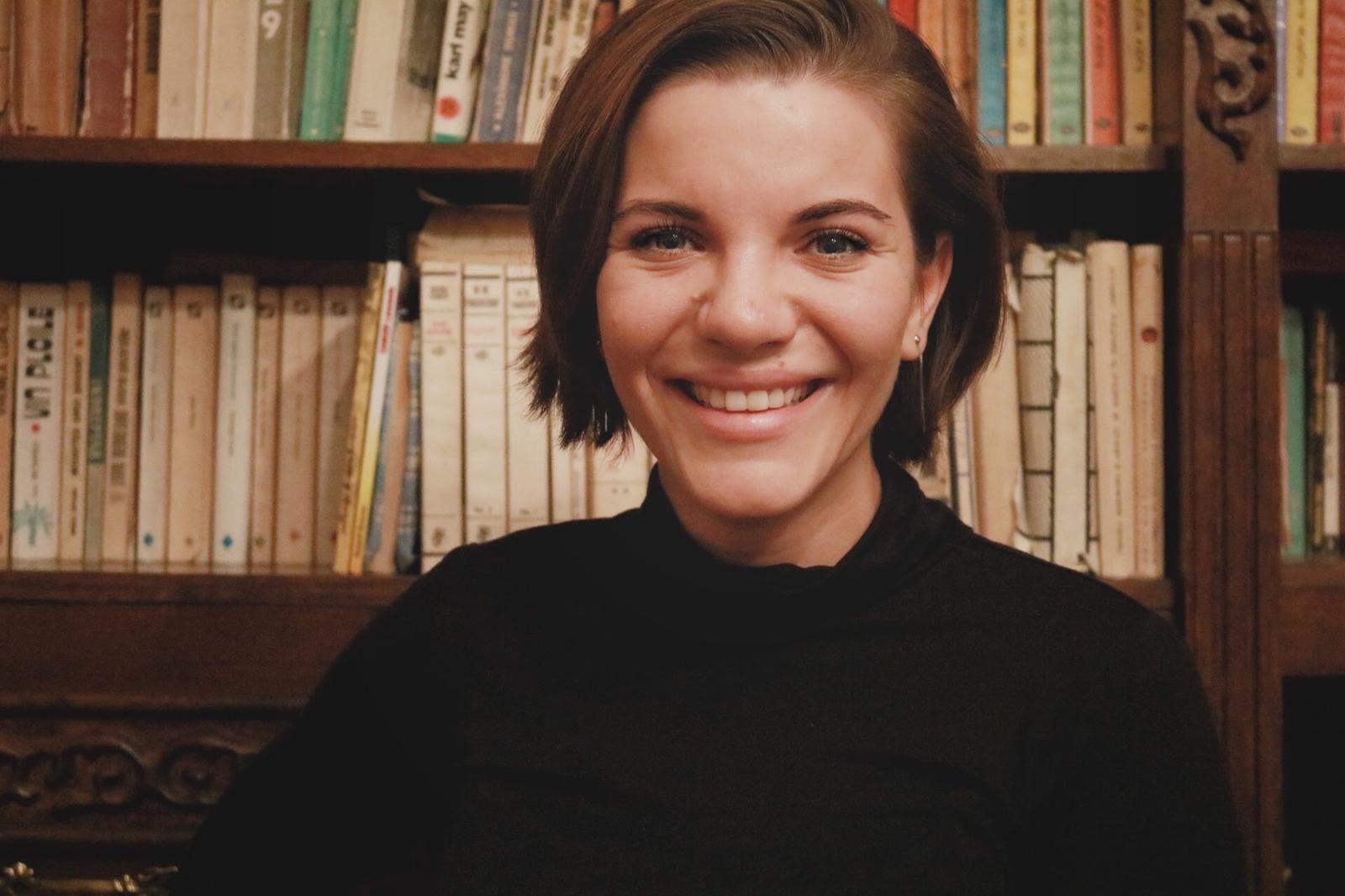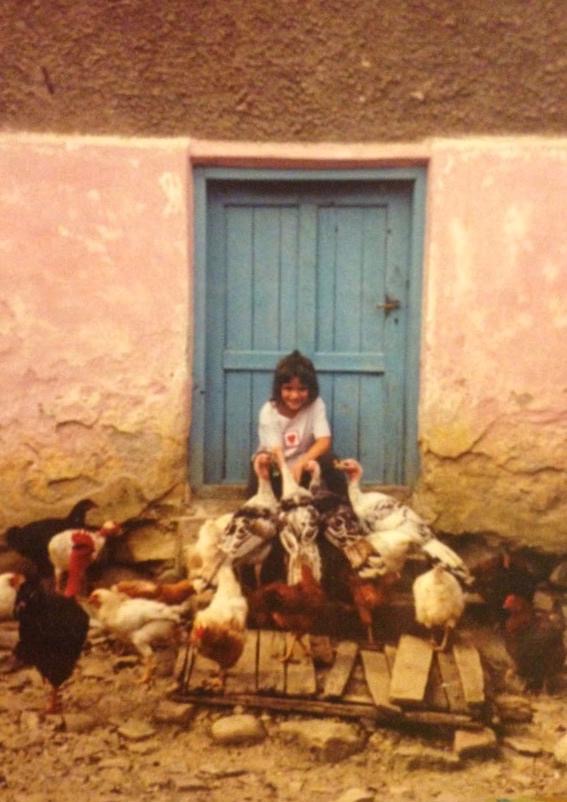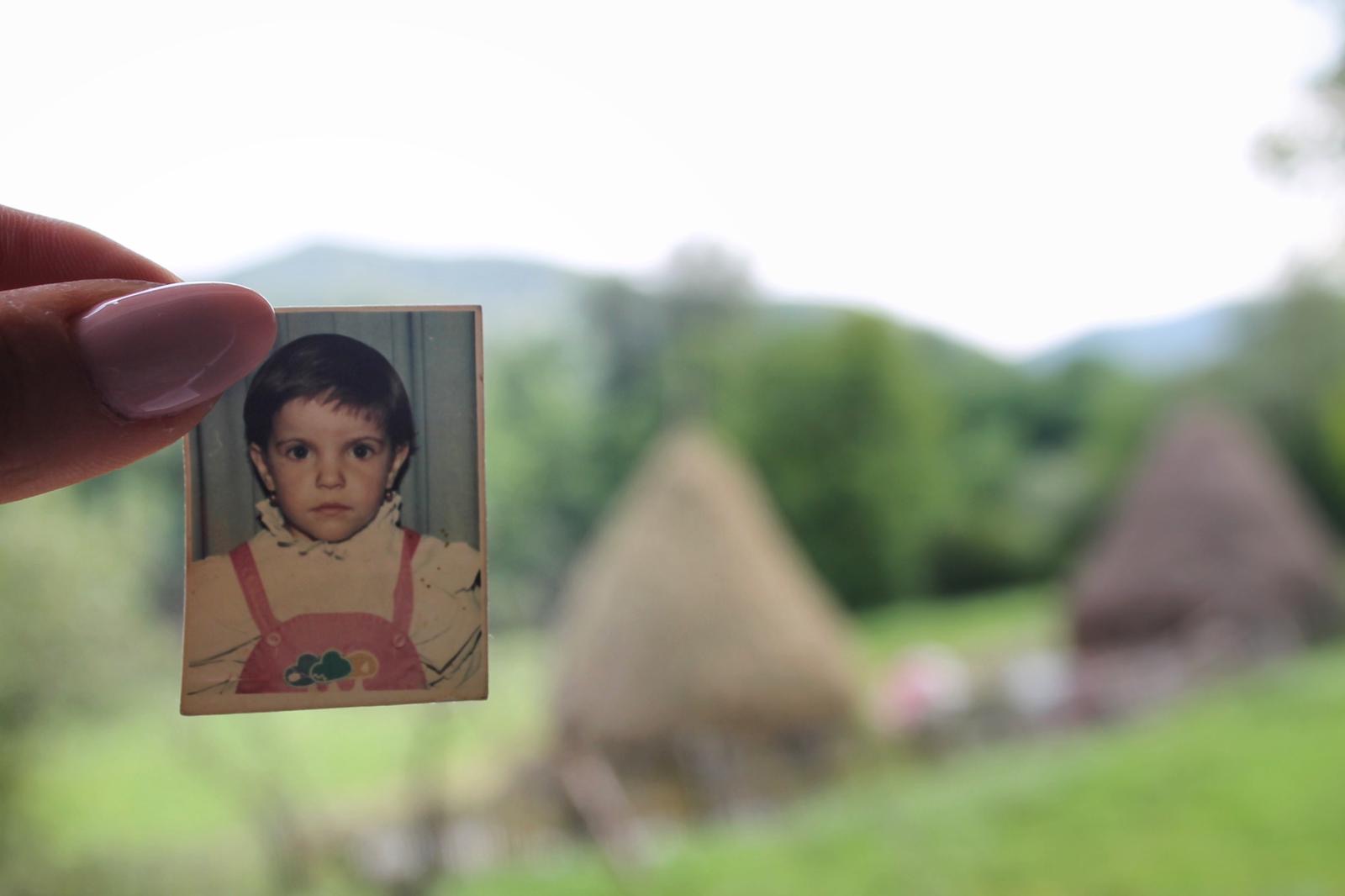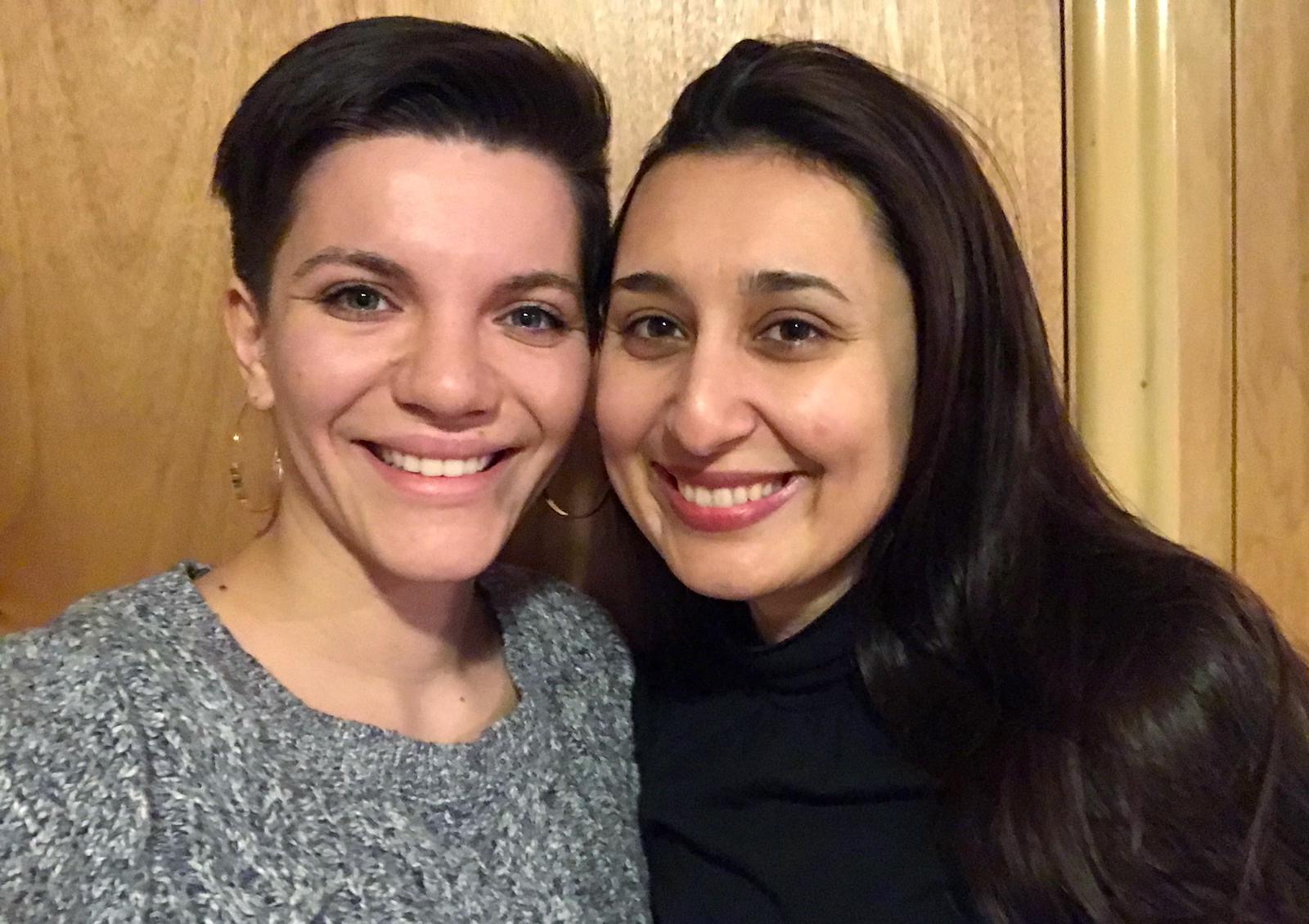We Don't Speak to Them

“Noi nu vorbim cu ei” (“we don’t speak to them”) was what my grandmother sternly told me after I wanted to ask a man on the street for the time. I was about 7 years old when those words were ringing in my ears. At the time, I didn’t know if the idea that I shouldn’t be speaking to “them” meant ‘strangers’, ‘men’, or ‘the Gypsies’. Perhaps it was a combination of all three. With a childlike innocence, I thought it may have been the only way my grandmother knew to convince a stubborn little girl not to speak to strangers. Now looking back, I realize the warning “we don’t speak to them” could be translated as we don’t associate with ‘Gypsies’. For me, it was the beginning of the collections of many moments that highlighted the Roma’s place in the unequal social hierarchy in Romania.
My initial curiosity about why the Roma were ostracized from Romanian society began at an early age. Having migrated to Canada at a young age, I would return in the summers to spend time in Romania. Many times, my summers visiting Romania were filled with moments of inquiry and confusion. I was dumbfounded by the different messaging I was perceiving in Canada as opposed to in Romania. Canada preached multiculturalism, diversity, and equality while Romania shamed, scapegoated, and isolated a minority group of people living there for centuries. These conflicting messages consumed me and during my undergraduate studies, I decided to focus my research on the Roma people. I wanted to understand why this inter-ethnic struggle existed, where did it start, how did it manifest over the years, and why it had continued for so long.
Not only was I shocked by how easily non-Roma Romanians proudly accepted their hatred and ignorance, but how many times friends, family members, and the diaspora community tried to convince me to adopt their views. As a result, I started to critically analyze my own thoughts and beliefs on this topic. One day while walking into the town of Fagaras, I noticed there was a specific portion of the street where I automatically crossed the street. On instinct, I had done this robotically, without ever questioning why. This was a journey I had taken with grandparents, parents, and friends, and without fail, at that exact spot, we would always cross the street. It occured to me there was a low income building, where many Roma lived on that exact patch that was avoided. I was surprised I hadn’t realized it sooner. I walked onwards, not crisscrossing, to try to change my patterns; it felt odd but reassuring to know that there was nothing to fear. The fear that is instilled in us since we are children, is one of the critical factors contributing to the discrimination that needs to be addressed. It is problematic that the non-Roma Romanians haven’t changed these habits, since their unwillingness to do so has been demonstrated to have grave consequences.
The most evident example is from 2014, when I was an au pair (nanny) in a small village in the southeast of France. The mother was French and the father was Romanian. There was a specific instance when the little girl, whom I was au pairing, was fussing over food. The father’s only tactic was to threaten his daughter by saying that if she didn’t eat, he would leave her outside for ‘the Gypsies’ to steal her. The little girl was too young to understand and giggled. So the father continued to taunt her by ingraining the fear of the terrifying ‘Gypsy’ monster who would steal her. This went on until the little girl was in tears, finally nibbling away at her vegetables. This 5 year old girl, who had never met a Roma person, would live with this fear and expectation that the Roma she will one day meet will be the equivalent of the Boogeyman. Non-Roma Romanians have a responsibility to their children and their community to stop spreading these vilifying stories and be vocal when they witness other parents who undertake similar tactics. The weight of their words are carried by the Roma community members for decades onwards. The words said carelessly in frustration or for a lack of creative disciplining techniques, will translate on the playground, classroom, and into their adult lives. It will continue the internalization of shame and exclusion for the young Roma. It will perpetuate the marginalization of an entire ethic group, who after centuries of living in Romania is still not recognized as being a part of its cultural makeup. It is time for the non-Roma community to do its part in righting these wrongs. We must be allies with the Roma by being mindful of the stories passed down to children, to critically analyze our actions, and to advocate for the Roma community.
This topic has had long-lasting impacts on me and changed the course of my life. My academic journey took me back to Romania to research the National Strategies of Roma Inclusion 2012-2020, specifically within the education sector. I spent 4 months conducting research in Romania, speaking with Roma students, government officials, and Roma NGOs. I became involved with the Roma Community Centre in Toronto and completed an internship with the Roma Peoples Project of Columbia University. I feel embarrassed to admit this, but many non-Roma refuted the fact that I could have met some of the most intelligent, motivated, and kind people that were Roma. I am continuously inspired by the Roma scholars, leaders, and activists who fight for Roma rights, challenge the racist rhetoric, and mobilize the Roma youth. For decades the Roma community has fought for basic human rights, such as access to housing, education, and healthcare, by challenging discrimination and unjust persecution. If I could go back to my childhood years, I would love to be able to speak to my grandmother frankly and replying by saying, “In fact we should speak with them. We should get to know them and learn from them. I want to meet their children and wish to be their friend.”
Cosmina-Silvia Nistor is a collaborator for the Roma Peoples Project and she is committed to promoting human rights. Cosmina-Silvia Nistor has recently completed the Aga Khan Fellowship, which placed her in northern Mozambique, working on adolescent sexual and reproductive health programs. She specialized in the gendered issues that create barriers for women and adolescent girls to access adequate health services. Previously to this, she completed her research fieldwork in Romania, where she explored the impact of the “National Strategies for Roma Integration 2012-2020” in the Romanian education system. She has done internships with both the Romanian Consulate in Toronto and the Roma Peoples Project at Columbia University.


